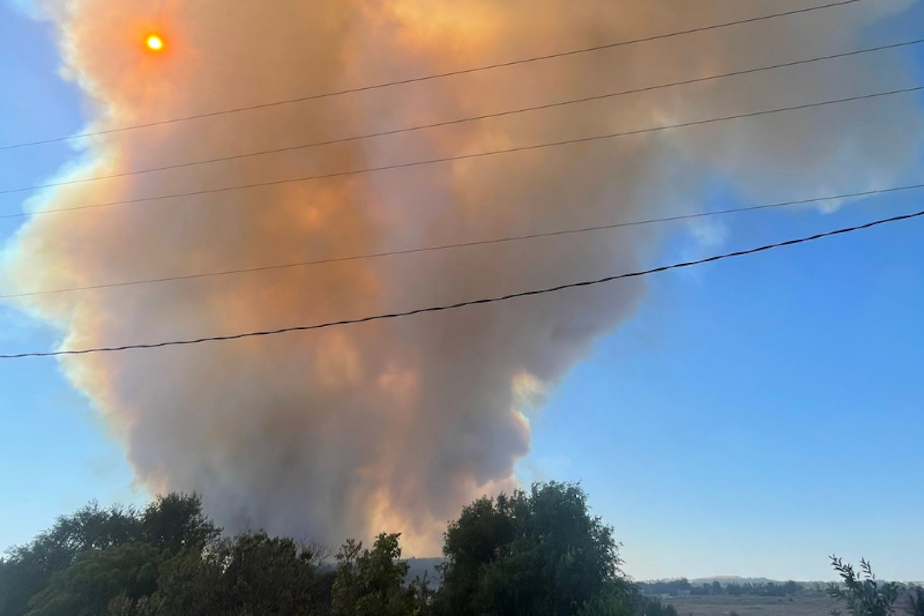Wildfire season in Washington state: How prescribed burns could reduce danger

On Sunday, Seattle was ranked as having the worst air quality of any major city in the world. But things were much worse in Eastern Washington, where the air quality index was over 500 in some parts.
The culprits: the Gray Fire near Medical Lake, and the Oregon Road Fire near the town of Elk, both burning in Spokane County. The fires have destroyed homes and killed at least two people.
RELATED: Emergency declaration as Spokane battles deadly wildfires
RELATED: Rain, soft and wonderful, comes too late for many near Spokane
“Fire and smoke season” in Washington state has become as predictable as the blooming of cherry blossom trees. And it’s not just climate change driving our worsening fire seasons.
Policymakers are increasingly recognizing that wildfires are essential, and a century of fire suppression is partly what put us in this predicament.
Sponsored
Last year, the Biden administration pledged to use prescribed burns on tens of millions of acres of federal land. The idea is to mimic natural cycles of fire that reduce fuels and lessen the severity of wildfires.
Washington's Department of Natural Resources restarted its prescribed burn program last year, after two decades of no burns, and we may soon see more state-led prescribed burns.
To learn more about why prescribed burns work, we called up Maureen Kennedy, an associate professor in quantitative fire ecology and forest management at the University of Washington. Kennedy explained the scientific and historical roots of prescribed burns, pointing to Indigenous land stewardship.
"If you want to really take the long view of why prescribed fires are so important, it's that Indigenous peoples had been maintaining a fairly active fire regime across the western United States for forever," she said.
"When we talk about a natural fire regime, there are a lot of fires that were started by lightning. But in areas we don't get as much lightning...we're maintaining active fire regimes for the purposes of reducing fuel loads," she added. "And what that means is if you think about how you create a fire, the fuel is providing that energy to the fire...so the more fuel you have on the ground, the more energy that fire has to consume, and to grow larger and more active and more intense. And so by cutting off those human maintain fire regimes, after European settlement and colonization, we start suppressing pretty much all wildfires."
Sponsored
The Environmental Protection Agency approved Washington’s new smoke management plan this month, paving the way for more flexibility for the Department of Natural Resources to schedule burns.
"The smoke management plan is the tool that we have for managing prescribed fires," said Vaughn Cork, the Department of Natural Resources' fire regulation program manager. "It's the governing document for how we make decisions —what's approved and what's not approved; what happens if we get smoke into some places that we don't want smoke."
Cork said that the new smoke management plan allows the Department of Natural Resources to light prescribed fires in two different ways: giving more time to plan a burn, and the ability to light prescribed fires over the weekends.
You can listen to the entire conversation about the Spokane wildfires and prescribed burns by clicking the play button at the top of this story.






